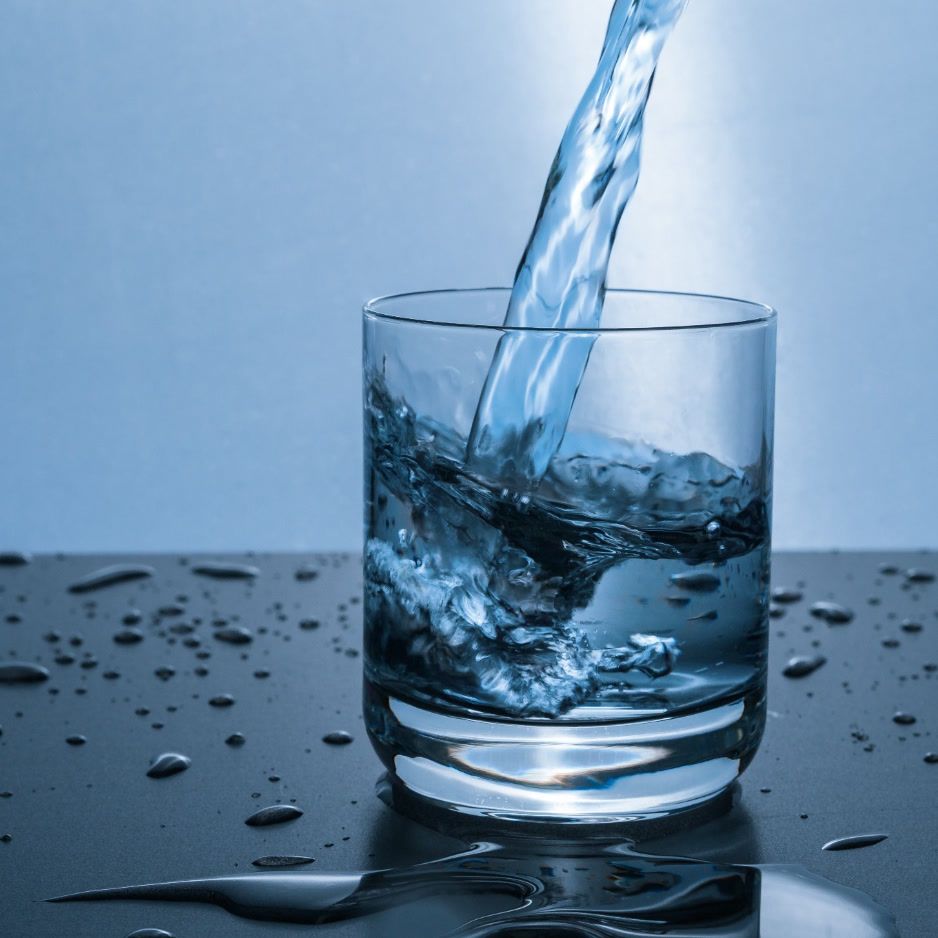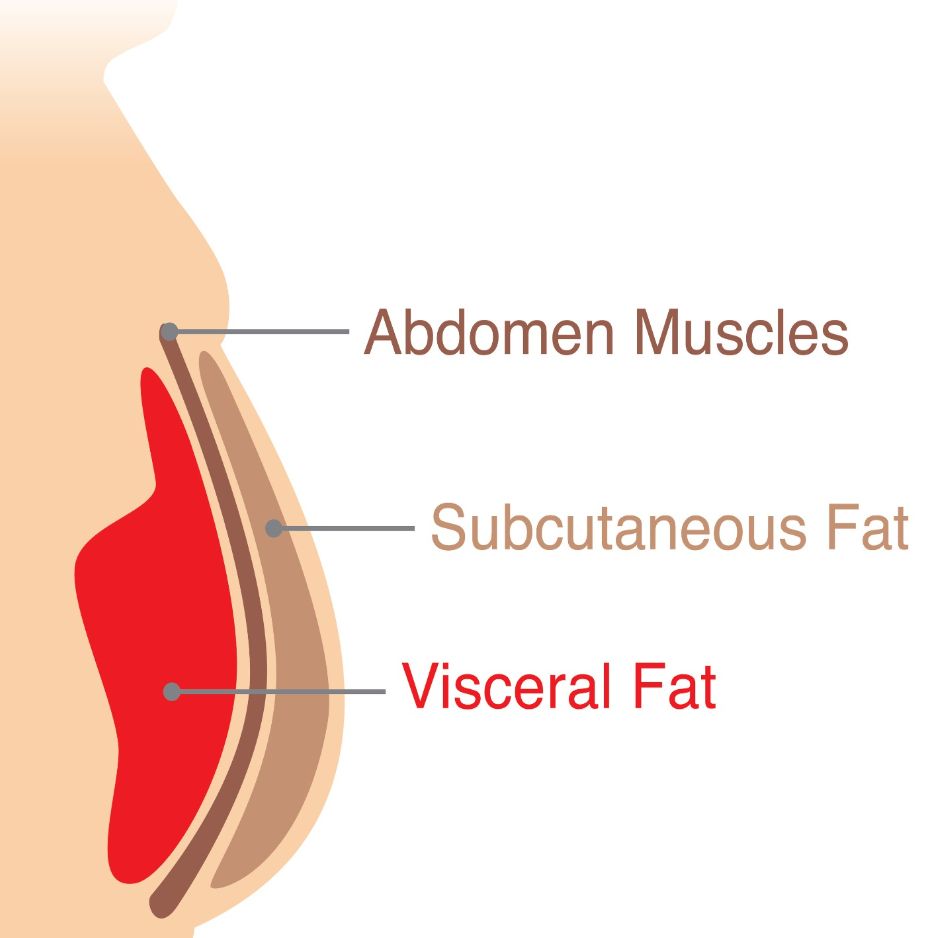Is Wine Healthy? What the Latest Evidence Says
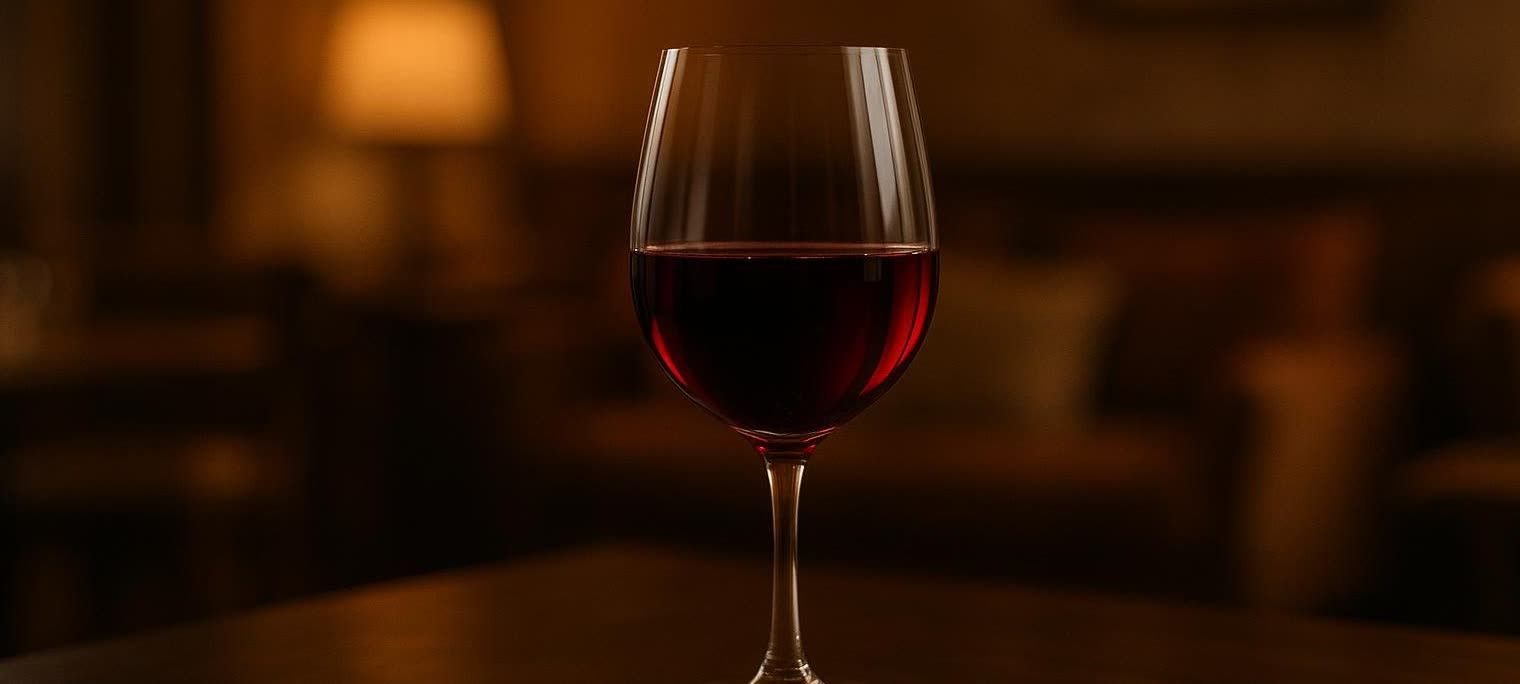
Is Wine Healthy? What the Latest Evidence Says
Updated October 2025
Short answer: wine can offer some heart-friendly effects from grape antioxidants (polyphenols). But the alcohol itself (ethanol) raises cancer risk and can affect blood pressure, sleep, and weight.
If you don’t drink, major health groups agree you shouldn’t start for health benefits—see the official health recommendations on alcohol from the Dietary Guidelines for Americans and the NIAAA clinical guidance on drinking levels.
In this guide, we’ll keep it simple and practical—so you can enjoy your routine while protecting your long-term health.
Quick take: It’s less about red vs. white—and more about ethanol vs. polyphenols
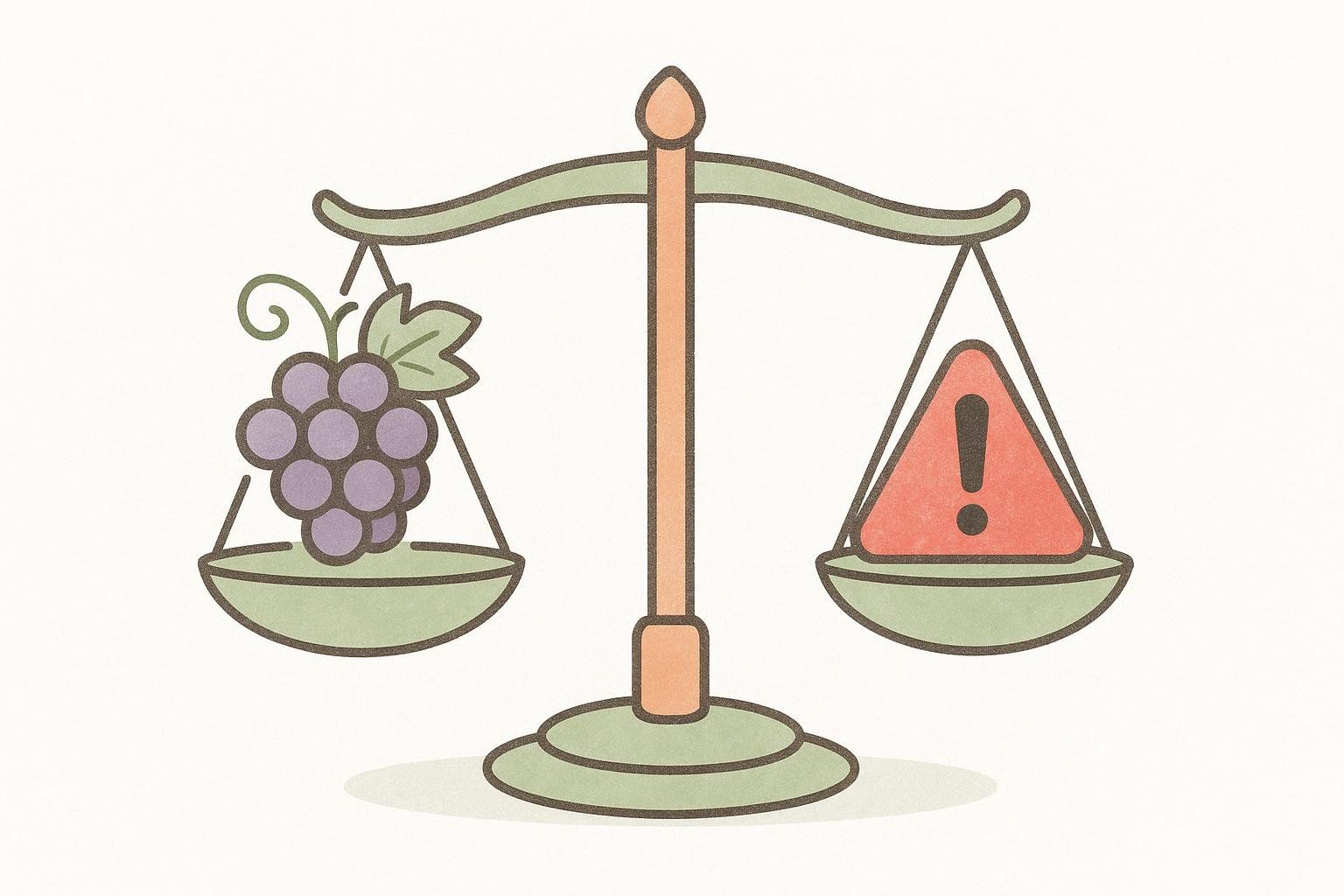
- Polyphenols can help. Wine contains plant compounds (like resveratrol) that may support blood vessel function in short, controlled studies—often seen even when the alcohol is removed (de-alcoholized red wine) (narrative RCT review, 2000–2023).
- Alcohol drives risk. Ethanol—the active ingredient in any alcoholic drink—is a Group 1 carcinogen and increases risk for several cancers. Risk starts to climb even at low levels (U.S. HHS advisory, 2024; WHO fact sheet).
- Your personal picture matters. Age, sex, family history, medications, heart risk, and drinking pattern all change the “net” impact—not just the color of the wine.
Bottom line: If you choose to drink, stick to moderation, skip binges, and build in alcohol-free days. If you don’t drink, don’t start “for your health.”
How wine might help: polyphenols and heart-related markers
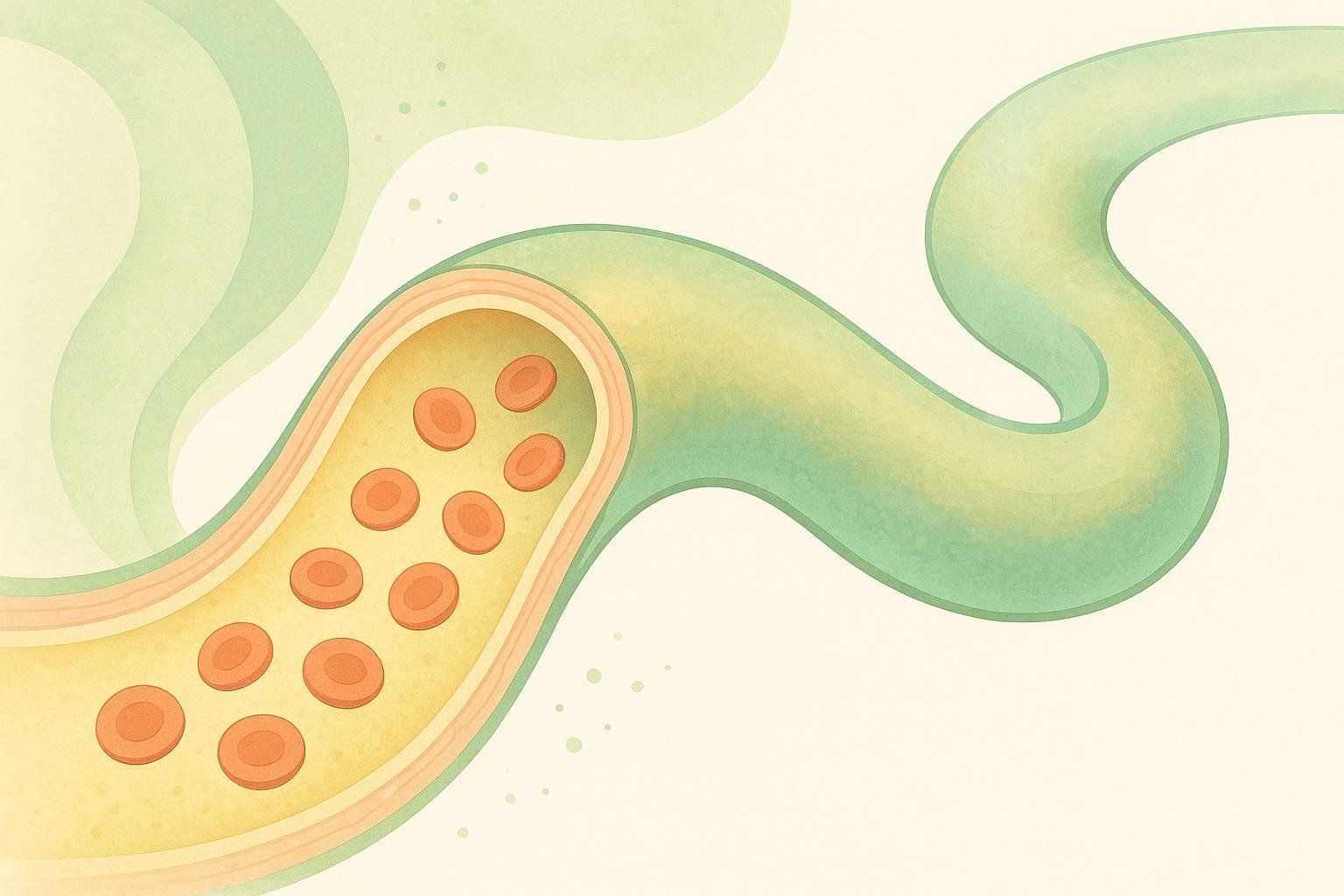
Grape skins and seeds are rich in polyphenols (including resveratrol and flavanols). In small trials and lab-adjacent studies:
- Blood vessel function: Red wine polyphenols have improved flow-mediated dilation (a measure of how well vessels relax) and nitric oxide signaling in some trials; benefits often show up with de-alcoholized red wine too—pointing to polyphenols, not ethanol, as the helper (review of 91 RCTs).
- Clotting factors: Some short studies saw less platelet clumping and lower blood “thickness” with red wine compared with white or ethanol alone, though results are mixed (2023 review).
- Cholesterol and oxidation: A few studies found small bumps in HDL (“good” cholesterol) and less LDL oxidation; others saw no change or higher triglycerides. Results vary by dose, baseline health, and whether alcohol is present (Mayo Clinic overview).
What about resveratrol pills or “a glass a day” for resveratrol? Typical wine servings contain very small amounts, and your body clears it quickly—so food sources like grapes, berries, and peanuts give you polyphenols without the alcohol (the Mayo Clinic notes that supplements have mixed evidence and poor absorption).
How wine can harm: cancer, blood pressure, heart rhythm, sleep, and weight
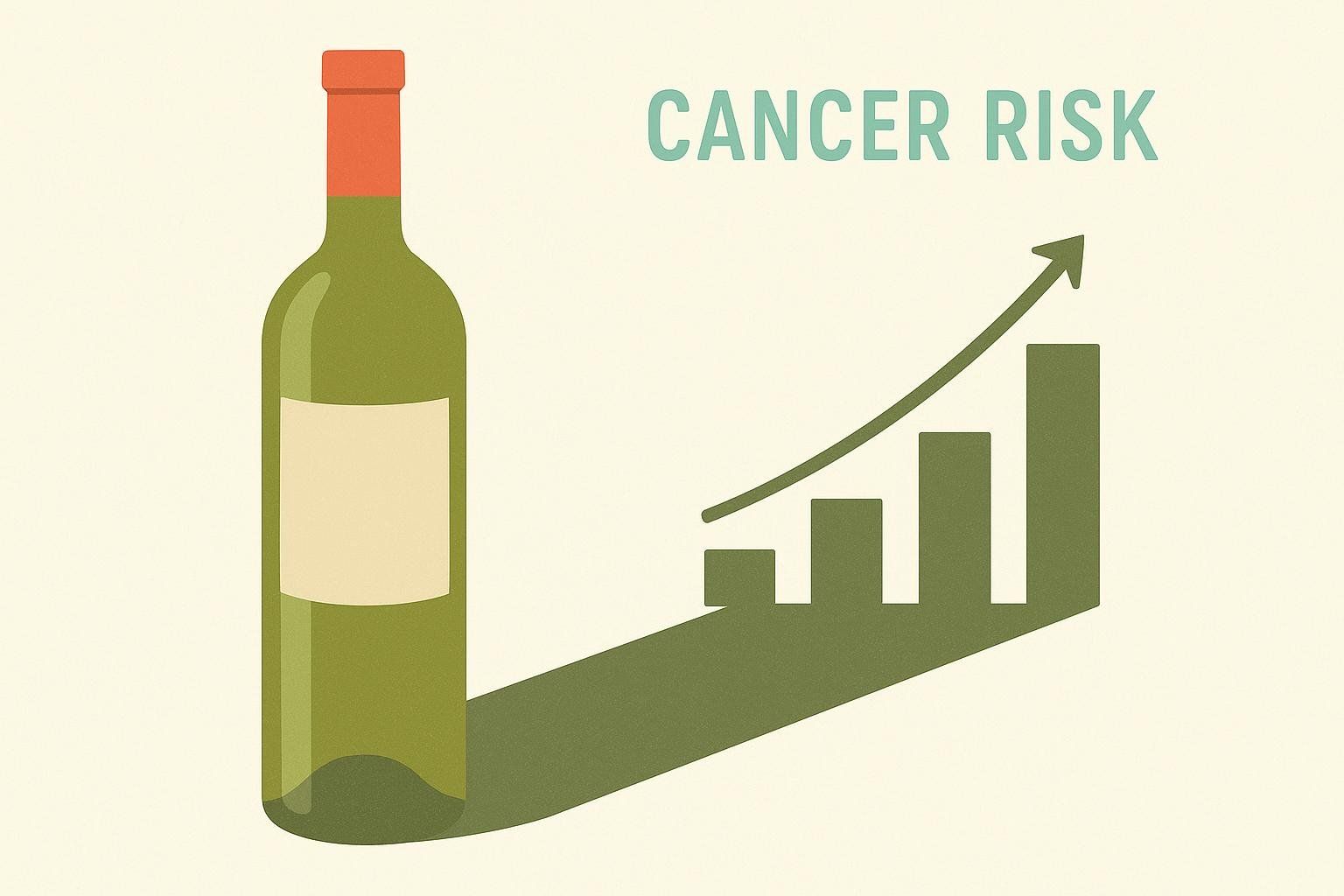
- Cancer: Alcohol is a leading preventable cause of cancer and is causally linked to at least seven cancers (including breast, colorectal, esophageal, and liver). Risk rises with dose and can begin around ~1 drink/day (HHS, 2024; WHO).
- Heart and blood vessels (including blood pressure): Heavy and binge drinking raise risk for high blood pressure, stroke, atrial fibrillation, cardiomyopathy, and heart failure. The higher your intake, the more blood pressure tends to rise; cutting back can lower it. Claimed protection at 1–2 drinks/day is uncertain and sensitive to study bias (AHA scientific statement).
- Sleep and recovery: Alcohol can cut into REM sleep and fragment deep sleep, leaving you groggier the next day. Learn more about how alcohol can impact sleep and recovery.
- Calories and weight: A 5-oz glass of table wine has roughly 120–130 calories—and cocktails add more. Alcohol calories add up fast and temporarily slow fat burning (MedlinePlus calorie tables). For fitness trade-offs, see how alcohol impacts fitness goals.
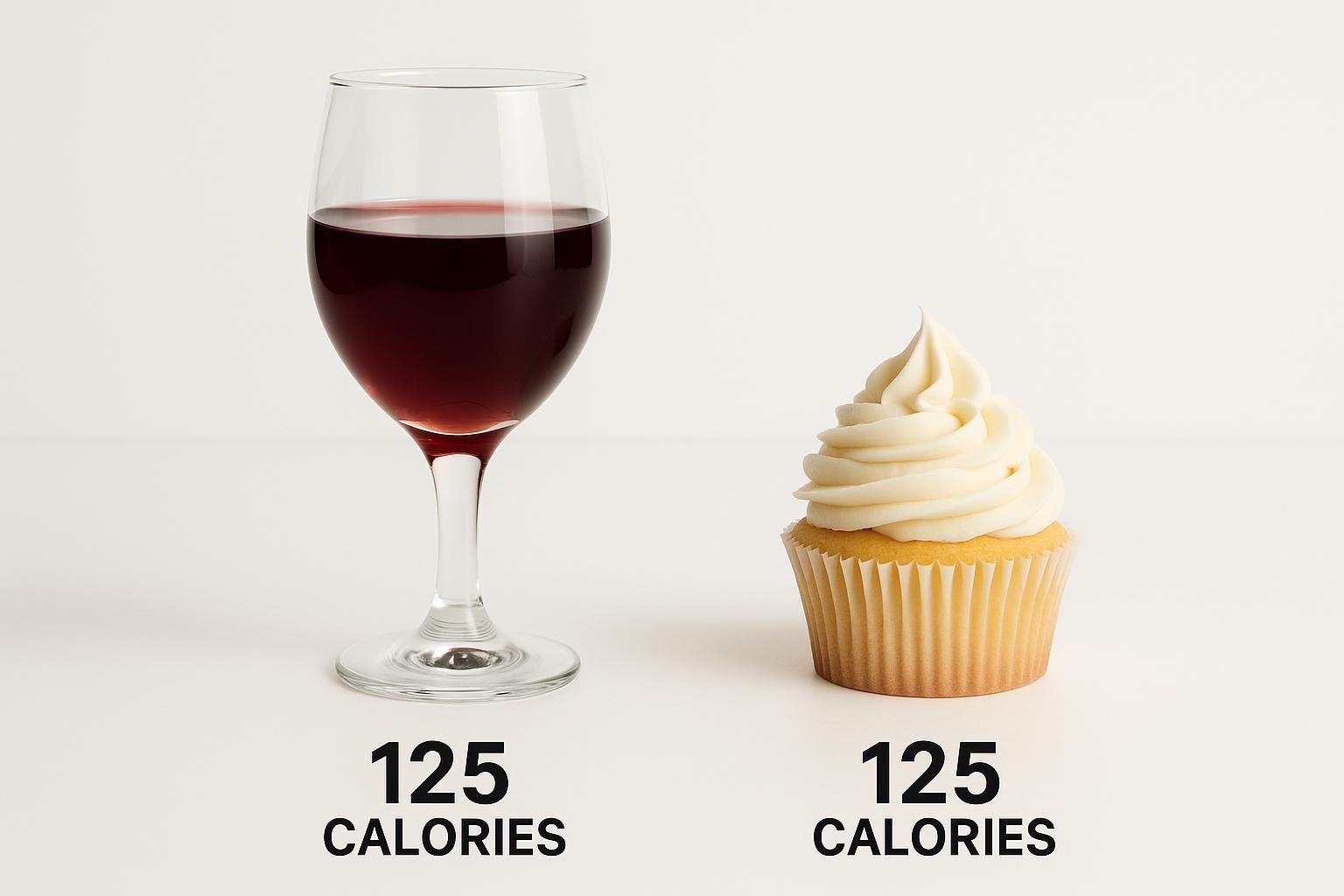
Red vs. white: Is one “healthier”?

A 2024 meta-analysis comparing red vs. white wine found (Nutrients meta-analysis):
- Overall cancer risk: No difference between red and white when comparing highest vs. lowest intake in the overall analysis.
- Signals for white wine: In cohort-only analyses, white wine was tied to higher risk of overall cancer and skin cancer—patterns not seen for red in that subset. This needs more research and does not make red “safe”—ethanol remains carcinogenic regardless of color.
Takeaway: Choosing red over white doesn’t erase alcohol-related risks. If you enjoy red’s flavor and polyphenols, consider de-alcoholized red wine to keep the taste and some bioactives without the ethanol (2023 review).
How much is “moderate”? What counts as a glass?
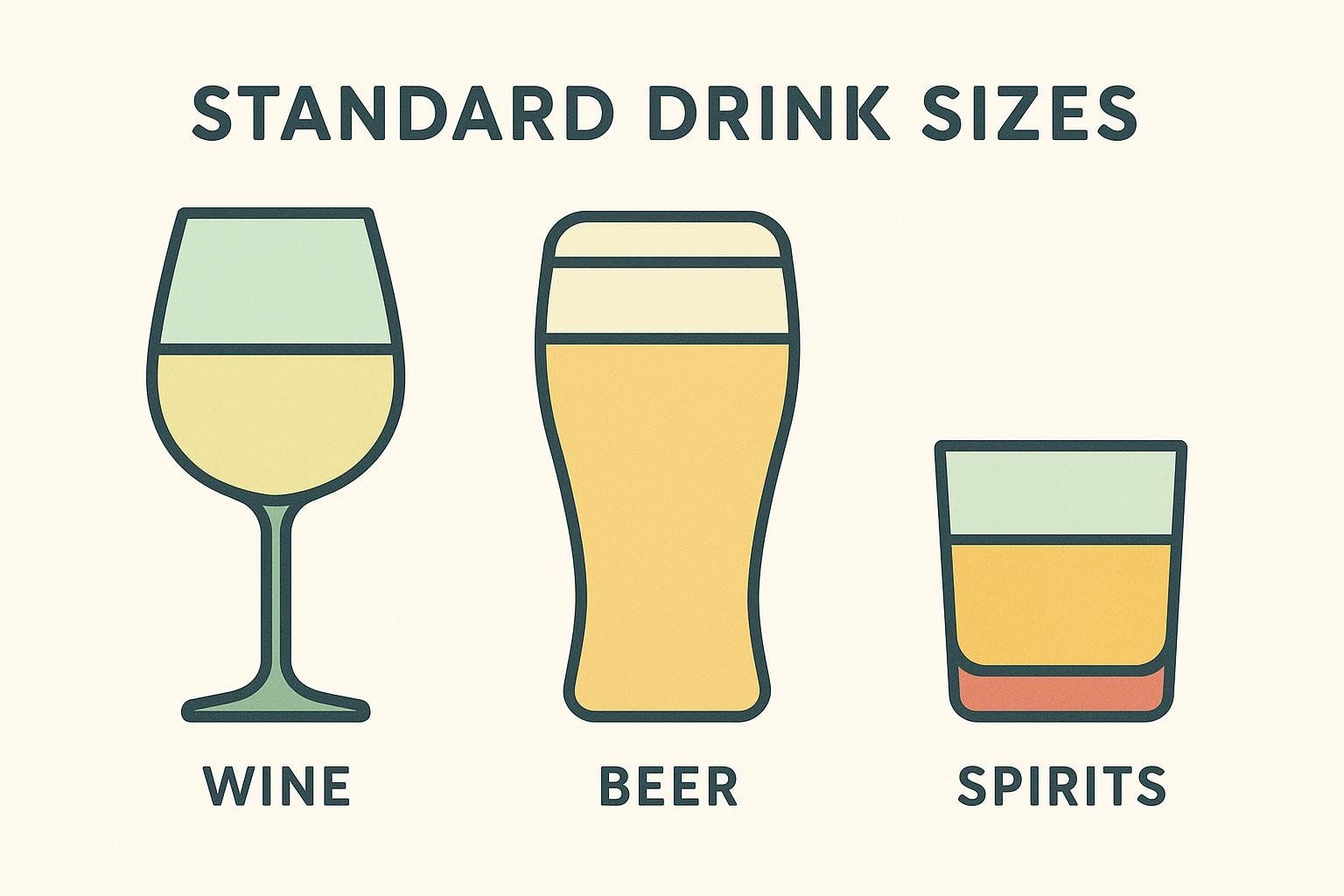
In the U.S., one standard drink = 14 g of pure alcohol, found in:
- 5 oz (148 mL) of wine at 12% ABV
- 12 oz beer at 5% ABV
- 1.5 oz of 80-proof spirits (CDC).
Guidance for adults who choose to drink:
- Women: up to 1 drink on days you drink; Men: up to 2 drinks on days you drink (Dietary Guidelines; NIAAA).
- Some people should not drink at all: pregnant or trying to conceive; under 21; on interacting medicines; with certain medical conditions; unable to control intake; or recovering from alcohol use disorder (CDC).
Important: Even within “moderation,” risk isn’t zero—especially for breast cancer and for people at higher baseline risk (HHS advisory).
Wine and body composition: How it affects visceral fat
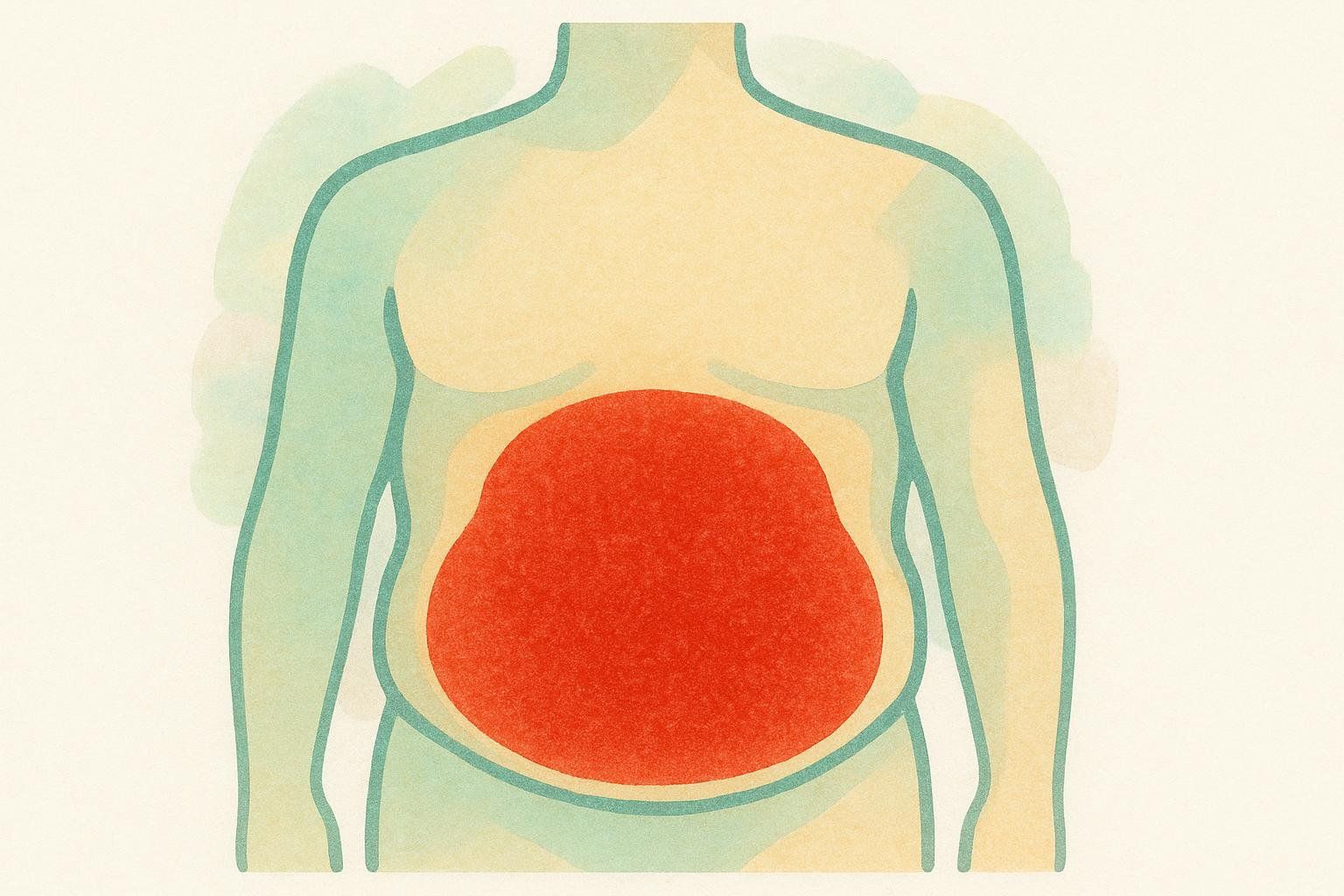
Alcohol provides 7 calories per gram and gets burned first, which temporarily pauses fat burning. Over time, that can promote more belly fat—especially if drinks come with late-night snacks. Because visceral fat raises health risks, it helps to have a plan for losing visceral fat. Evidence links higher alcohol intake with more abdominal fat and larger waist size in a dose-dependent pattern (WHO fact sheet).
Practical guidelines if you choose to drink wine

- Know your pour. Most home glasses are 8–12 oz—often 1.5–2.5 “drinks.” Measure a 5-oz pour once to calibrate (CDC standards).
- With meals, not nightcaps. Food slows absorption and may blunt impacts on sleep (AHA statement).
- Keep alcohol-free days. Aim for at least 2 per week; avoid binges entirely (NIAAA definitions).
- Mind the calories. A typical 5-oz glass is ~120–130 calories; two large pours can rival a dessert (MedlinePlus).
- Consider de-alcoholized red wine. You may keep some polyphenol-linked upsides without ethanol’s downsides (2023 review).
- Protect sleep and recovery. Avoid alcohol within ~3 hours of bedtime; see strategies for better sleep and recovery.
- Gut-smart pairings. Polyphenol-rich, high-fiber meals (beans, leafy greens, berries) may support a healthier microbiome—learn more in our gut health guide.

Pros and cons at a glance
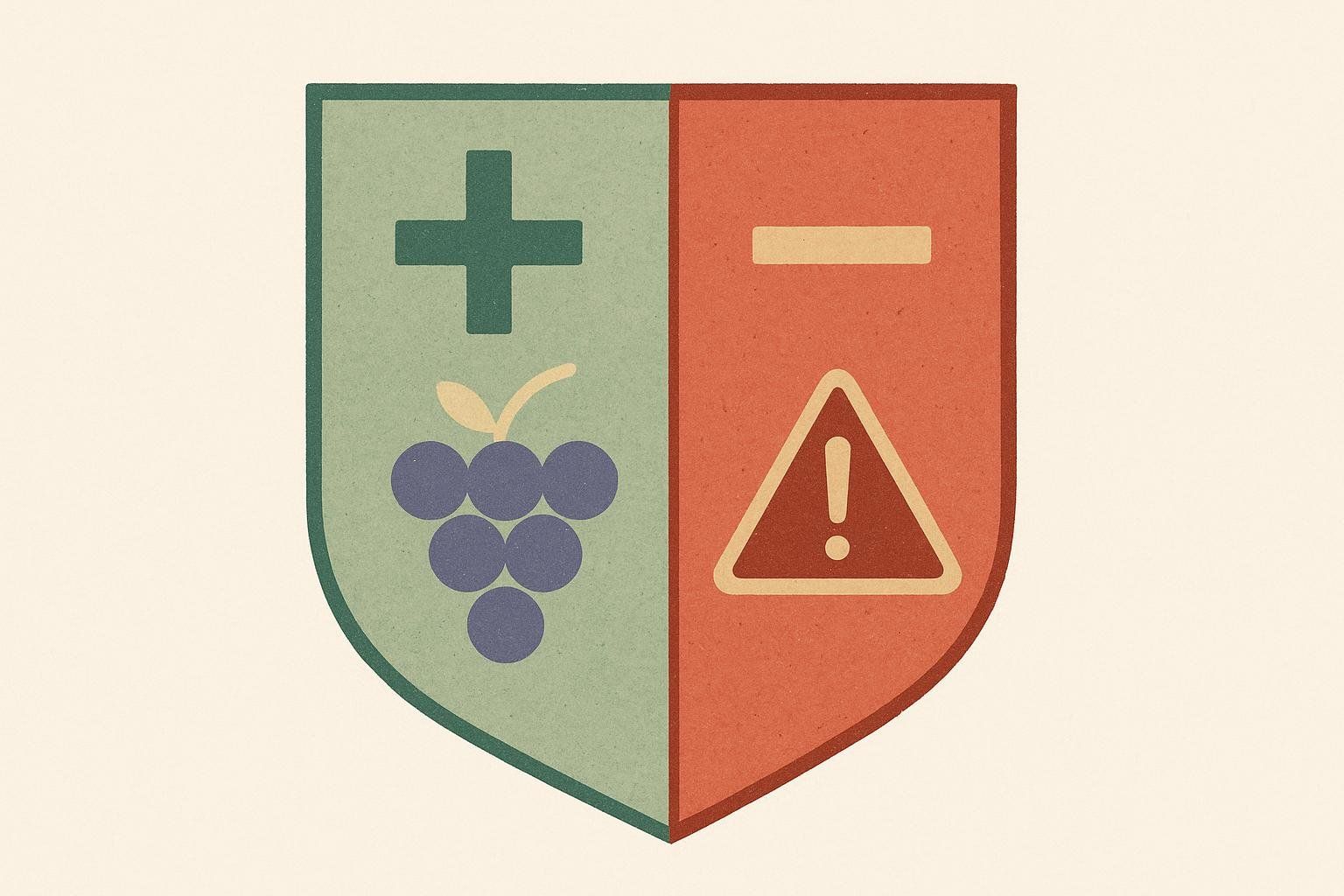
| Potential upsides (dose matters) | Potential downsides (risk rises with dose) |
|---|---|
| Polyphenols may aid vessel function and reduce platelet aggregation in short trials (2023 review) | Cancer risk rises even at low levels; ethanol is carcinogenic (HHS; WHO) |
| Modest HDL or antioxidant changes in some studies (Mayo Clinic) | Higher BP, AFib, stroke risk with heavier intake; benefits of 1–2/day are uncertain (AHA statement) |
| Social and culinary enjoyment | Sleep disruption, extra calories, potential weight gain (MedlinePlus); see how alcohol impacts fitness goals |
FAQs
Is a glass of wine a day good for my heart?
Probably not. While older studies suggested a benefit, recent analyses from major health organizations—including the American Heart Association and the CDC—now question a true heart benefit at 1–2 drinks/day and note that even low intake can raise risk, especially for cancer (AHA statement; CDC). Don’t start drinking for heart health. Focus on proven levers: movement, comparing diet patterns, blood-pressure and lipid control (Dietary Guidelines).
Is red wine “part of” the Mediterranean diet?
Yes—traditionally small amounts with meals. But the pattern’s benefits come from not wine alone (veggies, legumes, whole grains, olive oil, fish, activity, social connection)—see our guide on comparing diet patterns.
Does wine help or hurt the gut?
Polyphenols may support a healthier microbiome in some contexts, but ethanol can disrupt sleep and metabolic health that also shape gut outcomes. If you drink, keep it moderate, pair with fiber-rich foods, or consider de-alcoholized options (2023 review). Explore general strategies in our gut health guide.
Who should avoid wine entirely?
Anyone pregnant or trying to conceive, under 21, taking interacting medications, with certain health conditions (like liver disease), recovering from AUD, or unable to control intake (CDC; NIAAA).
How big is “one glass”?
A standard U.S. drink is 5 oz of wine at 12% ABV. Many restaurant pours are larger; check menus or ask for a 5-oz pour (CDC).
Putting It All Together: Wine and Your Health Goals
Wine tells two stories: polyphenols can support blood vessel health, but ethanol raises cancer and cardiometabolic risks—and those risks can show up even at low intake. Your best move is to make wine, if you choose it, fit within a bigger plan that protects sleep, blood pressure, weight, and long-term heart health.
Here’s how to put that plan into action:
- Measure visceral fat and composition with a BodySpec DEXA scan. This gives you an objective baseline to see how habits (including alcohol) affect belly fat, lean mass, and bone over time. Book a DEXA scan.
- Track heart risk alongside body comp. Use our tool to estimate your 10-year ASCVD risk and pair it with periodic scans to see trends—not just snapshots.
- Keep the simple guardrails. Favor small pours with meals, schedule alcohol-free days, avoid late-night drinks, and prioritize sleep and fiber-rich meals. Your body composition and risk score trends will show what’s working.
